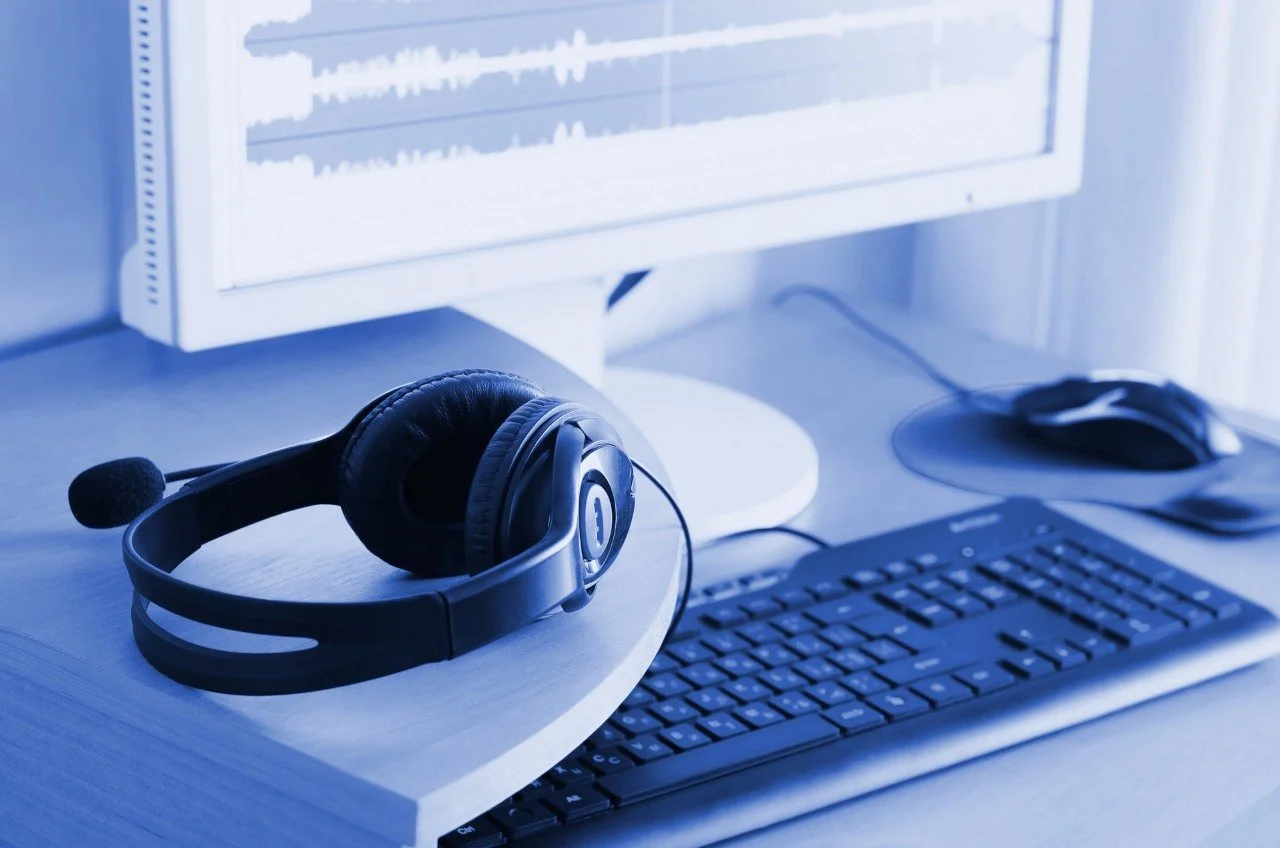What is audio transcription: A complete guide
In a world overflowing with voice notes, video meetings, and recorded interviews, audio transcription quietly does the heavy lifting. It turns spoken words into written text—clean, accurate, and searchable. Whether you're a journalist chasing quotes, a police department archiving emergency calls, or a business logging meetings, transcription is a non-negotiable.
What is audio transcription?
At its core, audio transcription is the process of converting spoken language from an audio file into written text. It might sound straightforward, but depending on the quality of the audio, number of speakers, background noise, and purpose of the transcript, it can range from simple to incredibly complex.
While manual transcription has been the norm for decades, AI-powered tools—like Pimloc's Secure Redact—are redefining speed, accuracy, and scalability, especially when sensitive information is involved.
How audio transcription works
There are two primary methods: manual and automated.
Manual transcription is done by human transcribers who listen and type out every word, usually using transcription software to pause and rewind efficiently. It's highly accurate—but time-consuming.
Automated transcription, on the other hand, uses speech recognition technology. AI models are trained on vast datasets to understand human speech in different accents, tones, and formats. Some, like Secure Redact, go further—offering automatic audio-to-text transcription with redaction baked in. So you get a transcript that’s not just fast and accurate, but also privacy-compliant.
Ensure compliance with secure audio redaction.
Types of audio transcription
Different jobs require different levels of detail. Here are the main types:
Verbatim transcription
This is the word-for-word version—every "um," pause, and false start included. It's essential for legal proceedings, law enforcement, and research where every utterance matters.
Intelligent verbatim transcription
Still faithful to the speaker’s words, but cleaner. Filler words and stutters are removed, and grammar may be lightly corrected. This style is often used in business settings and media interviews.
Edited transcription
Polished and publication-ready. Sentences are restructured for clarity, jargon might be explained, and the tone can be adjusted to suit the audience. This is common for articles, blog posts, or printed interviews.
Industries that rely on audio transcription
Audio transcription is everywhere—whether we notice it or not.
Law Enforcement: When it comes to how the police are using audio redaction technology, body-worn camera footage and emergency call recordings are now transcribed—and often redacted—to maintain privacy.
Healthcare: Transcription is key in documenting patient consultations, medical notes, and telehealth calls, supporting compliance with data protection laws.
Media & Journalism: Reporters and editors depend on transcripts to pull quotes, verify information, and streamline editing workflows.
Legal: Depositions, court recordings, and client interviews are often transcribed verbatim to serve as official records.
Corporate & Business: Meeting minutes, training sessions, and customer service calls all benefit from being captured in text.
Benefits of audio transcription
Why transcribe at all? Plenty of good reasons:
Searchability: Written transcripts are easy to scan and reference.
Accessibility: They make audio content usable by the hearing-impaired.
Data compliance: Redacted transcripts help organizations meet privacy regulations like GDPR.
Time savings: Especially when using AI-based platforms that generate transcripts in minutes, not hours.
Record keeping: Audio content doesn’t have to be ephemeral. Transcripts give it permanence.
Challenges in audio transcription
It’s not all smooth sailing. Transcription comes with its own set of hurdles:
Audio quality: Background noise, cross-talk, and low resolution can throw off both humans and machines.
Accents & dialects: Even advanced speech recognition systems struggle with non-standard or regional speech patterns.
Privacy: In industries like law enforcement and healthcare, transcripts must be redacted to protect sensitive information. That’s where tools like Secure Redact stand out—automatically scrubbing names, dates, and locations with Named Entity Recognition (NER).
Final thoughts
Audio transcription is more than just turning voices into text. It’s about making content usable, shareable, and compliant—especially in industries where accuracy and privacy aren't just nice to have, they’re non-negotiable.
As organizations deal with increasing volumes of audio data, automation is no longer a luxury—it’s a necessity. And with platforms like Secure Redact, transcription is no longer just fast and accurate—it’s secure, scalable, and smart.
Need a platform that goes beyond transcription and protects privacy at every step? Contact Pimloc today and learn more about our Secure Redact audio redaction software.



